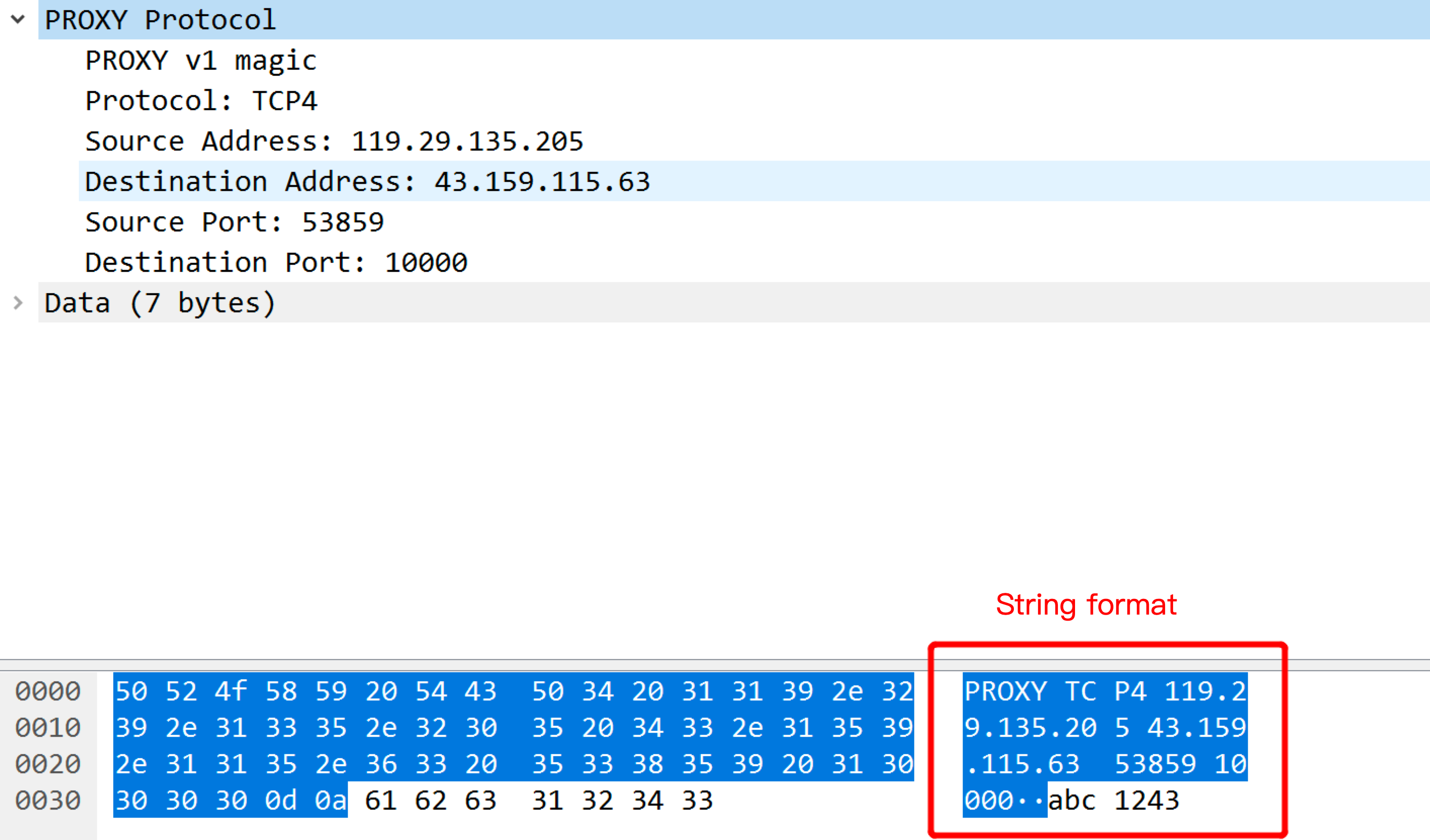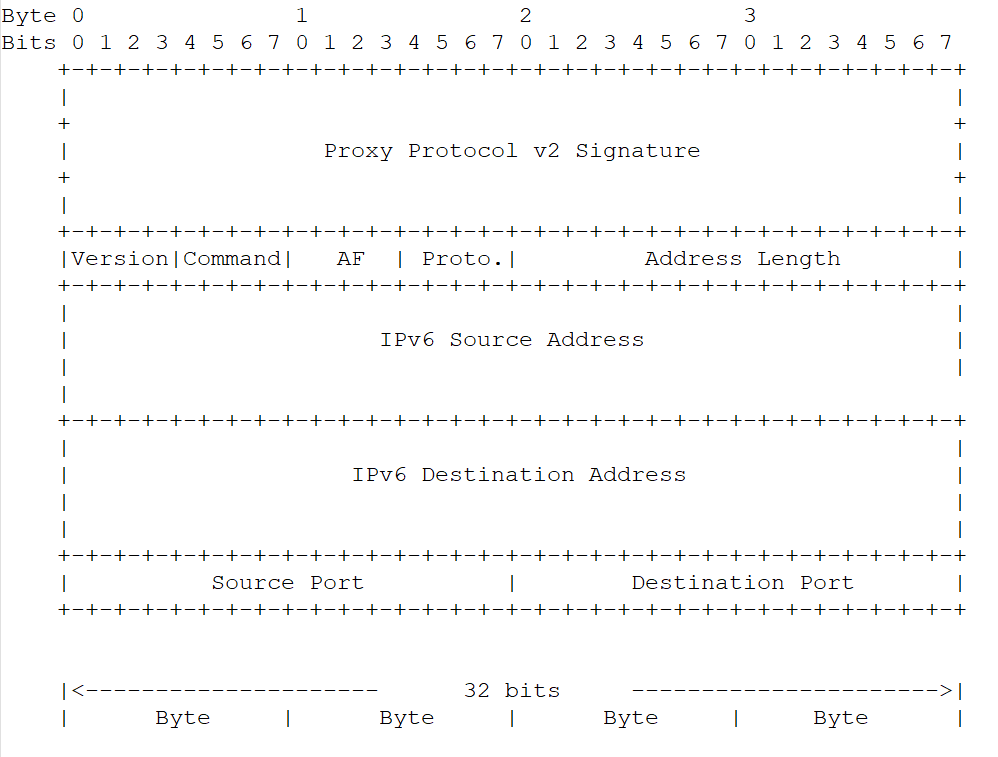Edge Acceleration
- Site Acceleration
- Overview
- Quickly Import and Export Site Configuration
- Access Control
- Token Authentication
- Authentication Method A
- Authentication Method B
- Authentication Method C
- Authentication Method D
- Authentication Method V
- Smart Acceleration
- File Optimization
- Content Compression
- Smart Compression
- Network Optimization
- HTTP/2
- HTTP/3(QUIC)
- Overview
- Enable HTTP/3
- QUIC SDK
- SDK Overview
- SDK Download and Integration
- Sample Code
- Android
- iOS
- API Documentation
- Android
- iOS
- IPv6 Access
- Maximum Upload Size
- WebSocket
- Client IP Geolocation Header
- Client IP Geographical Location
- gRPC
- URL Rewrite
- Access URL Redirection
- Origin-Pull URL Rewrite
- Modifying Header
- Modifying HTTP Response Headers
- Modifying HTTP Request Headers
- Custom Error Page
- Request and Response Actions
- HTTP Response
- Processing order
- Default HTTP Headers of Origin-Pull Requests
- Default HTTP Response Headers
- HTTP Restrictions
- Media Services
- Audio and Video Pre-pulling
- Just-in-Time Image Processing
- Just-in-Time Media Processing
- VOD Media Origin
- L4 Proxy
- Overview
- Creating an L4 Proxy Instance
- Modifying an L4 Proxy Instance
- Disabling or Deleting an L4 Proxy Instance
- Batch Configuring Forwarding Rules
- Obtaining Real Client IPs
- Obtaining Real TCP Client IPs via TOA
- Obtaining Real Client IPs Through Protocol V1/V2
- Overview
- Method 1: Obtaining Real Client IPs Through Nginx
- Method 2: Parsing Real Client IPs on Application Server
- Format of Real Client IPs Obtained Through Proxy Protocol V1/V2
- Transmitting Client Real IP via SPP Protocol
- Edge DNS
- Overview
- Hosting DNS Records
- Modifying DNS Servers
- Configuring DNS Records
- Batch Importing DNS Records
- Advanced DNS Configuration
- Enumeration of Resolution Lines and Corresponding Codes
- Domain Connection
- Adding A Domain Name for Acceleration
- Ownership Verification
- Modifying CNAME Records
- Verify Business Access
- Traffic Scheduling
- Traffic Scheduling Management
- Origin Configuration
- Origin-pull configuration
- Origin-Pull Timeout
- Configuring Origin-Pull HTTPS
- Host Header Rewrite
- Controlling Origin-pull Requests
- Redirect Following During Origin-Pull
- HTTP/2 Origin-Pull
- Range GETs
- Load Balancing
- Overview
- Quickly Create Load Balancers
- Health Check Policies
- Viewing the Health Status of Origin Server
- Related References
- Load Balancing-Related Concepts
- Introduction to Request Retry Strategy
- Origin Group Configuration
- Related References
- ld Version Origin Group Compatible Related Issues
- Edge Cache
- Overview
- EdgeOne Cache Rules
- Content Cache Rules
- Cache Key Introduction
- Vary Feature
- Cache Configuration
- Custom Cache Key
- Node Cache TTL
- Status Code Cache TTL
- Browser Cache TTL
- Offline Caching
- Cache Prefresh
- Clear and Preheat Cach
- Cache Purge
- URL Pre-Warming
- How to improve the Cache Hit Rate of EdgeOne
- Rules Engine
- Overview
- Supported Matching Types and Actions
- Rule Management
- variables
Format of Real Client IPs Obtained Through Proxy Protocol V1/V2
Proxy Protocol V1
Proxy Protocol V1 supports TCPv4 and TCPv6, and adopts string format. See details below:


PROXY TCP4 192.168.0.1 192.168.0.11 56324 443\r\n
You can check the following information with Wireshark.


Proxy Protocol V2
Proxy Protocol V2 supports TCPv4, TCPv6, UDPv4 and UDPv6, and adopts the binary format. See details below:
IPv4


IPv6

